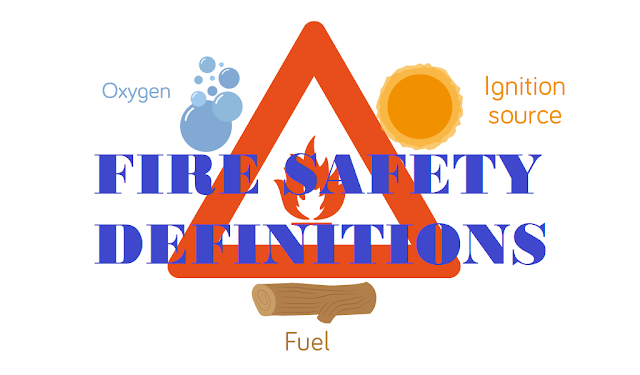FIRE SAFETY DEFINITIONS
Confined space standby man responsibilities
·
Incipient Stage Fire – A fire that is in the initial stages or beginning stage
and can be controlled or extinguished by a portable fire extinguisher.
·
Class “A” Fire – A fire that occurs in ordinary materials such as wood, paper,
rags, and rubbish. The quenching and cooling effects of water or of solutions
containing large percentages of water are of first importance in extinguishing
these fires.
·
Class “B” Fire – A fire that occurs in the vapor-air mixture over the surface
of flammable liquids such as gasoline, oil, grease, paints and thinners. The
limiting of air is of primary importance. Generally, regular dry chemical,
multi-purpose dry chemical, carbon dioxide, and foam may be used depending on
the circumstances of the fire. Solid streams of water are likely to spread the
fire, but on large fires of this class, water fog nozzles prove effective.
Crane Lifting Hand Signal Guide
·
Class “C” Fire – A fire that occurs in or near electrical equipment where
non-conducting extinguishing agents shall be used. Dry chemical, carbon
dioxide, compressed gas, or vaporizing liquid may be used. Foam or a solid
stream of water should not be used because both are good conductors and can
expose the operator to a sever shock hazard.
·
Class “D” Fire – A fire that occurs in combustible metals such as magnesium,
titanium, zirconium, lithium, and sodium. Specialized techniques, extinguishing
agents, and extinguishing equipment are needed to control and extinguish fires
of this type. Normal extinguishing agents generally should not be used, as
there is a danger in most cases of increasing intensity of the fire because of
a chemical reaction between some extinguishing agents and the burning metal.
·
Dry Chemical – An extinguishing agent composed of very small particles of
chemicals supplemented by special treatment to provide resistance to packing
and moisture absorption (caking) as well as to provide proper flow capabilities.
Note: Dry Chemical does not include Dry Powder.
· Dry Powder – A compound used to extinguish Class D fire. · Multi-purpose Dry Chemical – A dry chemical that is approved for use on Class A, B, and C Fires
Confined Space Physical Hazards – Part 1

No comments:
Post a Comment